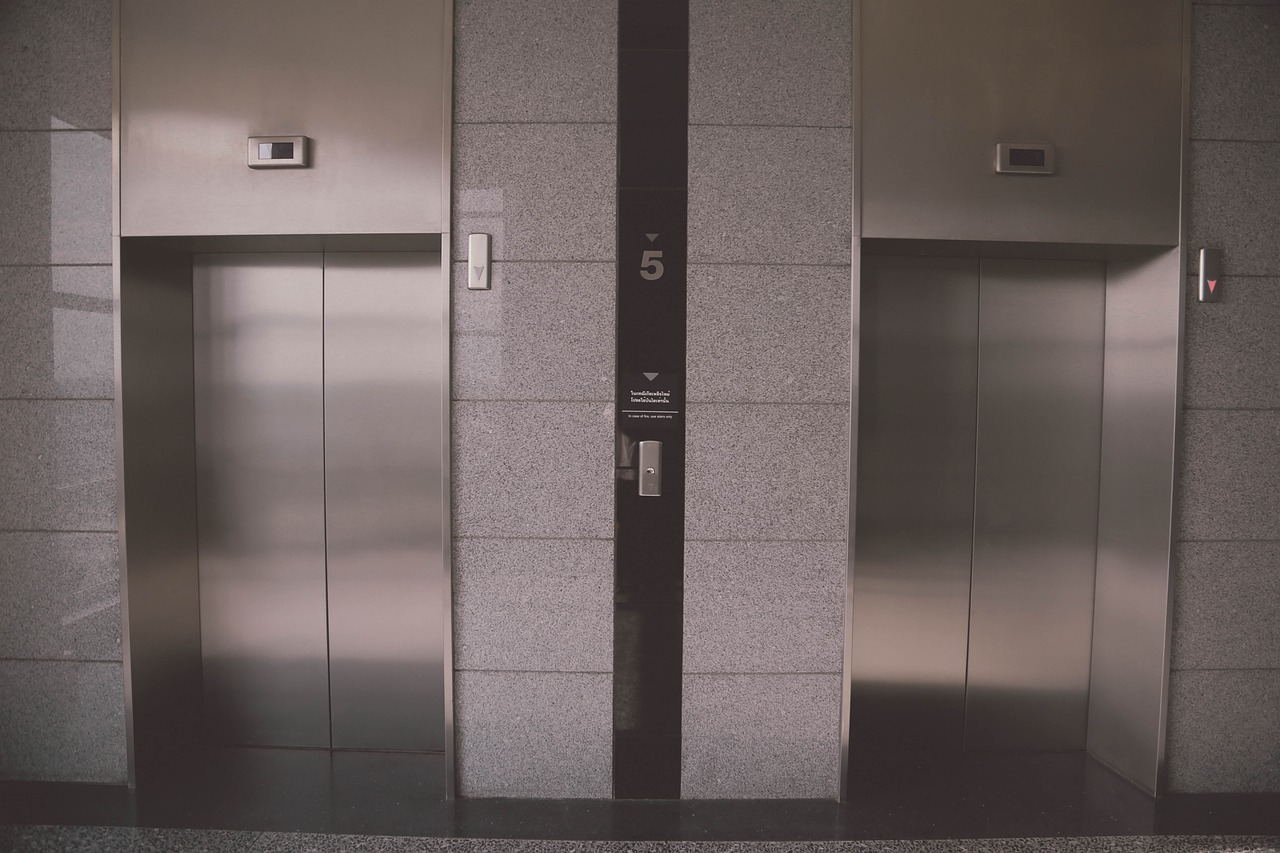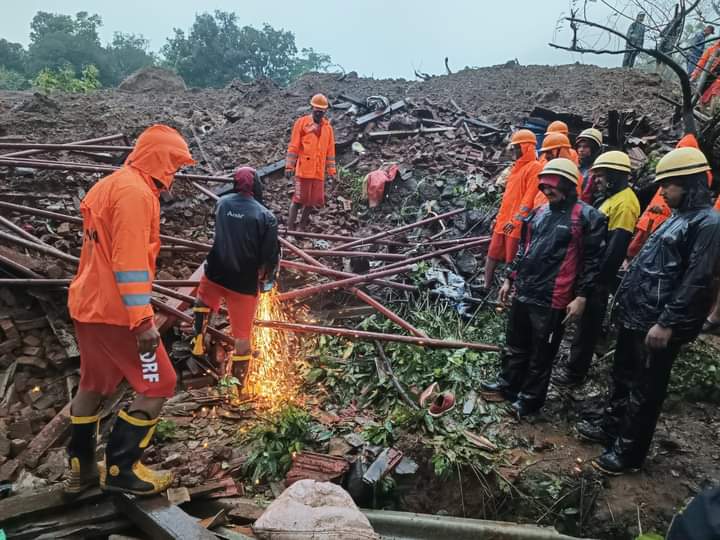Lift failure at a high rise building killed an old woman in Noida. Causes of the incident are yet to be ascertained.
Taking this as a news peg, let us see what are the possible causes of such lift failure and precautions to take while using lifts.
Lift accidents and failures can be caused by various factors, Such as:
Mechanical failure
Issues with lift components, such as cables, pulleys, motors, or brakes, can lead to accidents or malfunctions.
Poor maintenance
Inadequate or irregular maintenance can result in wear and tear, leading to potential failures.
Overloading
Exceeding the weight capacity of the lift can strain the system and cause accidents.
Electrical problems
Faulty wiring or electrical components can lead to lift malfunctions or accidents.
Sensor or control system issues
Problems with sensors or control systems may cause the lift to behave unpredictably or fail to respond to commands properly.
Door-related incidents
Accidents can occur if people attempt to force open or obstruct the lift doors.
Improper installation
Incorrect installation can lead to structural weaknesses or other safety hazards.
Natural disasters
Earthquakes, floods, or extreme weather events can damage the lift system and cause accidents.
Human error
Mistakes made by lift operators or maintenance personnel can result in unsafe conditions.
Age and wear
Older lifts may be more prone to accidents due to aging and wear of components.
When using lifts in high-rise buildings, follow these precautions
1. Stand clear of the doors: Allow passengers to exit before entering and avoid obstructing the doors.
2. Wait for a fully stopped lift: Only enter or exit when the lift has come to a complete stop.
3. Do not overload: Follow the weight limit specified for the lift and avoid overcrowding.
4. Press the correct floor button: Double-check the floor number before pressing the button.
5. Avoid jumping or excessive movement: Keep calm and still during the ride to maintain balance.
6. Hold handrails if available: This provides extra stability, especially during sudden movements.
7. Keep children supervised: Ensure children are accompanied and follow safety guidelines.
8. Do not force open the doors: Allow the doors to open and close automatically.
9. In case of emergency, use the alarm button: Use it only for genuine emergencies to alert building management.
10. Know the evacuation procedures: Familiarize yourself with the emergency exits and procedures in case of lift malfunction.




